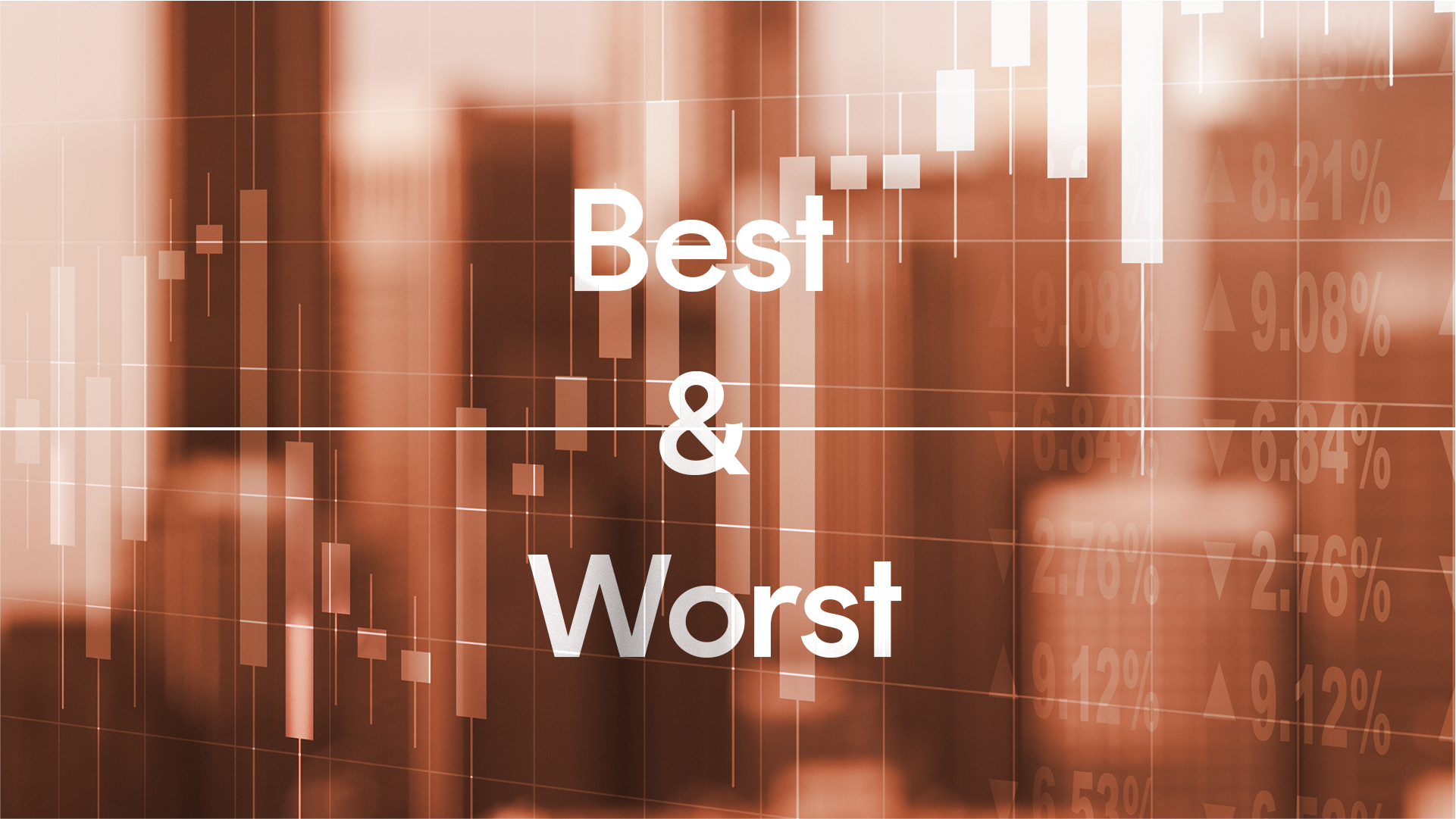We all make mistakes in life, but when it comes to mistakes in building the core component of your investment portfolio, this can result in poor returns and significant losses.
You can think of core allocations in an investment portfolio as the foundations of a house. The purpose of a house’s foundation is to hold it up and support the load of the building.
Without this strong foundation, cracks and damage start to appear. A properly built foundation can help keep the home even and supported, even during a flood or earthquake.
This same concept applies to your investment portfolio. Having a strong core portfolio can help you to ‘stay the course’ during market storms.
We spoke to our Senior Investment Strategist Cameron Gleeson and Investment Strategist Tom Wickenden to look at three common mistakes to avoid when building your core.
Mistake 1 – Having a concentrated core
Your core investments should expose you to a range of asset classes, industries, and geographies.
Gleeson says one of the biggest mistakes an investor can make is having a core portfolio concentrated in a small number of stocks, or asset classes.
This means the fate of your portfolio largely depends on the performance of a small number of investments.
“If you hold global equities as part of your core, make sure it covers all sectors as opposed to having exposure to 20 technology stocks,” he says.
“This means having exposure to the entire asset class to maximise the benefits of diversification. Ensure that it is going to be robust in all parts of the market cycle.”
He also suggests comparing the sector allocations of the assets you hold so you can avoid being over-exposed to a single industry.
“If the Australian equities component of your core is skewed to banking and mining sectors, have a look at your global equities exposures to make sure that you are not missing out on higher returns that may be generated in other sectors,” Gleeson says.
For example, an investor that only uses A200 Australia 200 ETF for their equity exposure may experience underperformance if banks and mining struggle. NDQ Nasdaq 100 ETF , however, holds very little exposure to these sectors, so could be used to complement a portfolio with a large exposure to Australian shares.
“For the core of your portfolio, it is really important to get the asset allocation right to reap the benefits of diversification and drive returns through those means.”
Mistake 2 – Ignoring your risk profile
Many investors get caught up in chasing higher returns and forget about the level of risk they are comfortable taking on.
Higher levels of risk come with the potential for higher returns but importantly, higher losses.
Gleeson says there are two crucial factors to help you determine your risk tolerance.
“The first is your investment timeline. The longer you have before you need to access your money, generally the more risk you can take on.”
“Secondly, your risk appetite. How comfortable are you with risk? If your investments fall, would you panic and sell, or would you be comfortable holding on?”
Once you understand the level of risk that’s right for you, you can determine the types of investments to choose for your investment portfolio.
If you’re starting earlier in life, you may prefer to invest more in higher risk/higher return assets and if you’re investing later in life, you may prefer to invest more in lower risk/lower return assets.
Gleeson’s view when it comes to determining your risk profile is thinking about asset allocation and choosing a mix of asset classes that are going to provide you with the highest expected income for the risk you can tolerate.
“You need to make an assessment of the amount of risk or volatility you can accept,” he says.
Wickenden agrees: “As the Nobel Prize winning economist, Harry Markowitz says, ’the only free lunch in finance is diversification’. The goal of blending asset classes is to generate the highest expected return for the risk that you can tolerate.”
Mistake 3 – Not rebalancing your core portfolio
As your core is the main component of your portfolio, it is important to rebalance it periodically. This helps ensure the weighting of different assets is in line with your desired asset allocation and level of risk.
Wickenden says one of the main reasons to rebalance your portfolio is because your exposure to defensive and growth assets can deviate over time, which can lead to being over or underexposed to risk.
For example, say the original target asset allocation for a growth-oriented investor is 80% stocks and 20% bonds. If the equities perform well during a given period, the weighting of the portfolio might increase to 90%.
The investor may then decide to sell some equities and buy bonds to get the portfolio back to the original target allocation of 80/20.
While there is no single correct schedule for rebalancing a portfolio, a common approach is to examine allocations at least once a year.
Another reason to rebalance, Wickenden says, is to look for new opportunities for suitable products that might meet your goals for that part of your portfolio.
“An example is the recently launched BGBL Global Shares ETF which provides exposure to approximately 1500 global companies across more than 20 developed market countries (excluding Australia),” he says.
For those that don’t want to rebalance themselves, diversified ETFs, such as DHHF Diversified All Growth ETF , can do it for you. The ETF issuer will periodically review the portfolio to ensure it remains consistent with the target allocations.
Betashares core ETFs
Betashares core ETFs offer a simple and cost-effective way to build the core of your portfolio. A strong portfolio core helps you to navigate difficult markets, as well as laying the foundation for building wealth over the long term.
Learn more about our core ETFs here.
Buy ETFs effortlessly with Betashares Direct
Betashares Direct is the new investing platform designed to help you build wealth, your way. Access our core ETFs through Betashares Direct, along with the 340+ other ETFs that trade on the ASX. Register for early access to Betashares Direct here.
-
A200
Australia 200 ETF
-
NDQ
Nasdaq 100 ETF
-
BGBL
Global Shares ETF
-
DHHF
Diversified All Growth ETF
There are risks associated with an investment in each of the Funds. Investment value can go up and down. An investment in any Fund should only be made after considering your particular circumstances, including your tolerance for risk. For more information on the risks and other features of a Fund, please see the relevant Product Disclosure Statement and Target Market Determination, available on this website.
Annabelle Dickson was previously a journalist at Financial Standard and prior to that at The Inside Investor and The Inside Adviser. She holds a Bachelor of Arts in Communication (Journalism) from The University of Technology Sydney.
Read more from Annabelle.



3 comments on this
Annabelle, always good to read your tips. As I have a SMSF (small) and have now converted most to ETF’s, betashares, can you consider talking about the number of units one would hold in an ETF. I have about 10 ETF’s and have between 500-1000 units in each. If its wise to keep about 500 or so, then I can sell some and expand my ETF holdings giving me a broader platform. I am 70yo and only take the mandatory 5% drawdown each year, cheers
Hi Silvio,
Thank you for your comment. Unfortunately, we are unable to provide financial advice. I would suggest reaching out to a financial adviser for information best suited to your needs.
Regards,
Annabelle
Good read